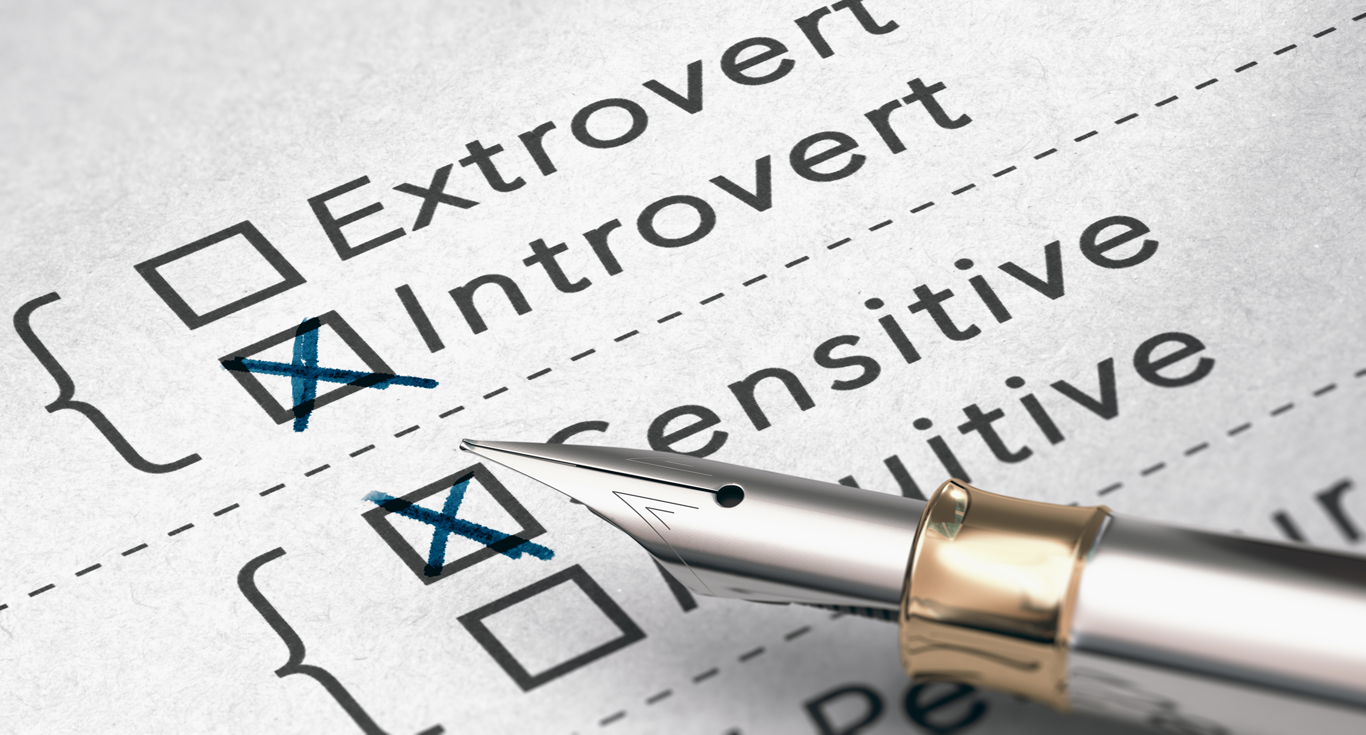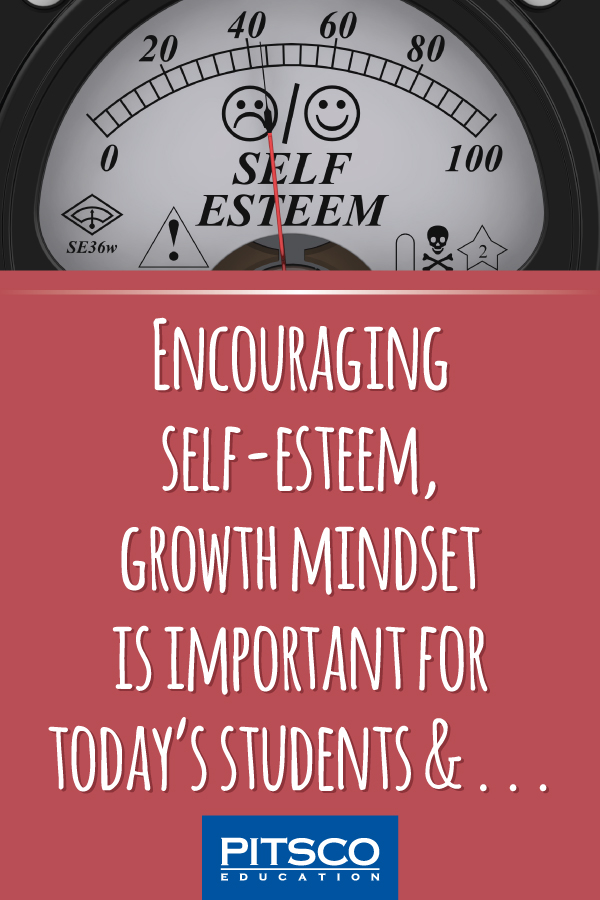Updated 6/13/24
May is National Teen Self-Esteem Month and an opportunity to raise awareness and take stock of the emotional health of our teens. Most everyone is a parent, aunt, uncle, teacher, or a friend of a teen. Or maybe you’re like me, with little ones that will someday be teens. We all have a stake in the emotional health of kids, so here are the skills that teens will need to stay strong.
As a disclaimer, I’m not a licensed therapist. These are my opinions based on my research as well as personal observations and experiences.
As an education company that’s almost singularly dedicated to helping students succeed in school, work, and life, we know self-esteem plays a pivotal role in their success in today’s classroom and tomorrow’s workforce.
What Is Self-Esteem and Why Does it Matter?
Merriam-Webster defines self-esteem as “a confidence and satisfaction in oneself.” Many articles and blogs agree that self-esteem affects motivation and relationships.
Why should we care about self-esteem? Because someday, our teens will become the next generation’s leaders, artists, teachers, parents, and workforce. And it would behoove us to instill in them the confidence, ethics, and values to do their best and bring out the best in each other. On top of that, it affects lives, often dramatically.
What Causes Low Self-Esteem?
You don’t hear teens open up about having low self-esteem or depression, although DoSomething.org cites that 20% of teens will experience depression before adulthood. All the while, teens are busy experimenting with personas and fashion that often cover up their low self-esteem.
DoSomething.org also mentions low self-perception as a primary factor for low self-esteem, whether it’s attractiveness or physique in girls or boys, and that people with low self-esteem were more inclined to be a bully, skip school, develop eating disorders, and use steroids. The teen television show 13 Reasons Why also provides a glimpse into related pressures and, in that case, a tragic outcome.
Alongside physical appearance, there are other factors that can affect self-perception including but not limited to socioeconomic class, ethnicity, race, and academics. When all is said and done, low self-esteem is a product of feeling less than valuable in a group that you’re expected or are hoping to be a part of.
What Are Some Ways to Improve Low Self-Esteem?
Emotional health is a complicated matter. There’s not a one-size-fits-all solution, but here are some great starting points:
Encourage Communication
Licensed therapist Kristine Tye believes communication plays a big role in addressing low self-esteem. She says that teens (as well as many adults) often have trouble recognizing, coping, and responding to feelings. We assume teens naturally obtain the skills and tools necessary to address issues, and that parents naturally have the skill set to facilitate, but this isn’t always the case.

Some practical suggestions include:
- Giving time for teens to process emotions
- Encouraging teens to be open about feelings of anger or sadness
- Addressing the true culprit behind idleness – is it laziness or anxiety?
- Validating their experience by listening rather than just telling them to “look on the bright side”
- Giving an appropriate amount of praise and, when necessary, constructive criticism
- Valuing teens by asking for their opinions
Encourage Self-Discovery and Emotional Intelligence
There’s no standard definition for emotional intelligence, but the term generally refers to the ability to recognize your own emotions as well as others’. The more we understand where we stand among our peers, the better we can gauge social expectations. I’ve found that teens are naturally curious about discovering modeled personality types.

Here are some helpful books and models I’ve read or come across:
- Myers-Briggs Personality Test – has been around for some time, but it helps teens realize that it’s OK if they aren’t as spontaneous or gregarious as their friends; maybe they’re more innovative or imaginative.
- Color Code – is a quick and simple model that helps identify typical behaviors and expectation patterns of the people around us. It’s used for leadership training but can also apply to how teens interact with their peers.
- StrengthFinder (aka CliftonStrengths) – is a model for identifying professional strengths. It’s a great way for teens to recognize their own unique talents as well as their friends’.
If you’ve found some other useful resources, please share them in the comments section.
Encourage Hands-On, Minds-On Education
As a company that was “STEM before STEM was cool,” we’re ecstatic about the continued interest and implementation of STEM education in schools, programs, and education communities – as well as support and funding for STEM education. The recent and expanding philosophies and methodologies surrounding STEM, social and emotional learning, problem-based learning, the engineering design process, NGSS Three-Dimensional Learning (crosscutting), computational thinking, and others encourage students to work together in teams, apply the full breadth of their knowledge and talents, and improve on their mistakes.
One study that I admire, and particularly applies here, is Carol Dweck’s two mindsets. A fixed mindset is afraid of challenges and critique and is intimidated by the success of others; it sees effort as a limited resource and doesn’t attempt anything unless victory is ensured. On the other hand, a growth mindset welcomes challenges, sees failure as a stepping stone to mastery, and is inspired by others’ success.
In my opinion, the greatest value of a dynamic STEM program is that students learn how to recognize and address problems in a productive and collaborative manner, and they gain an understanding that the skills they learn in the classroom apply far beyond academics. It’s no coincidence that the characteristics of a growth mindset closely resembles the characteristics of healthy self-esteem.
Help the kids in your life gain confidence and self-esteem with hands-on activities.
MORE RESOURCES:

TOPICS: IDEAS & INSPIRATION, Social and emotional learning, Future Ready, 21st Century Skills, Workforce Development




